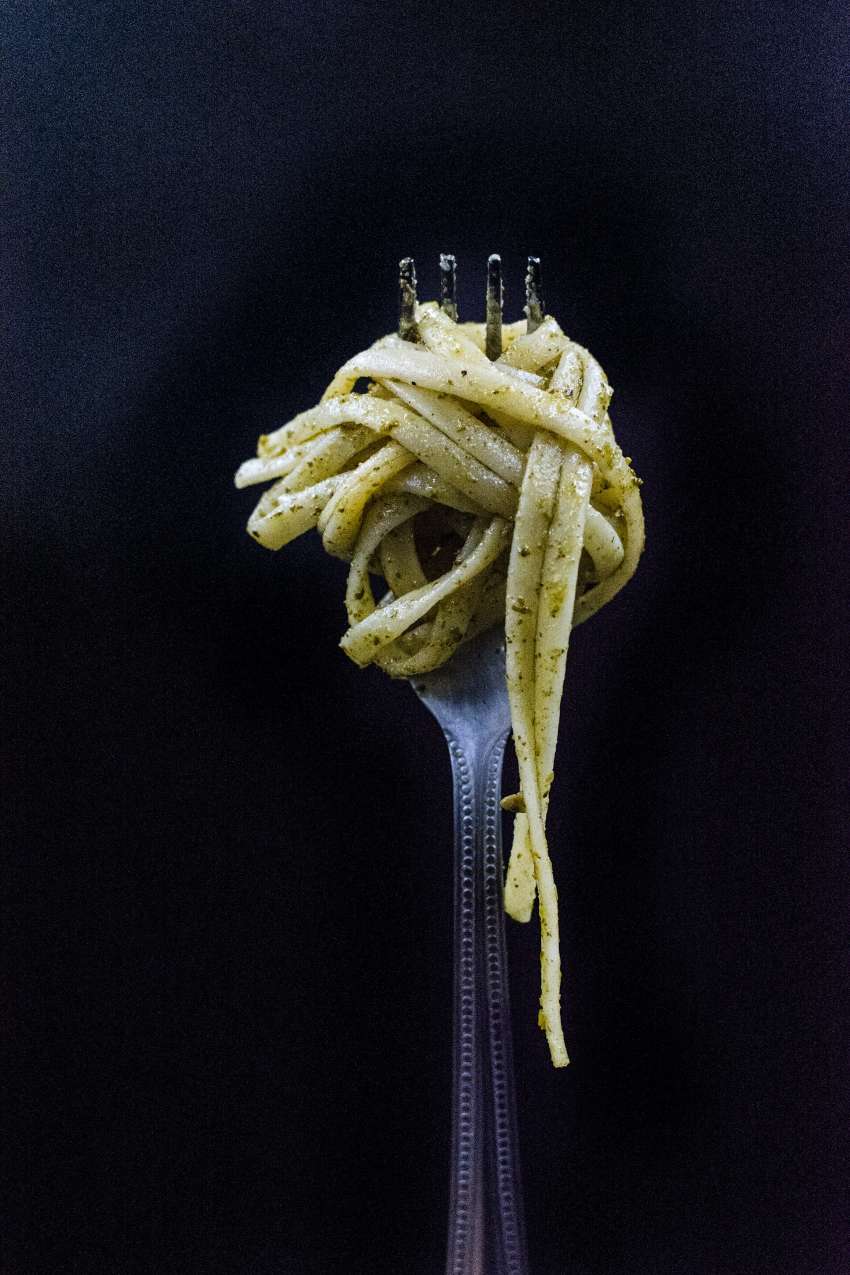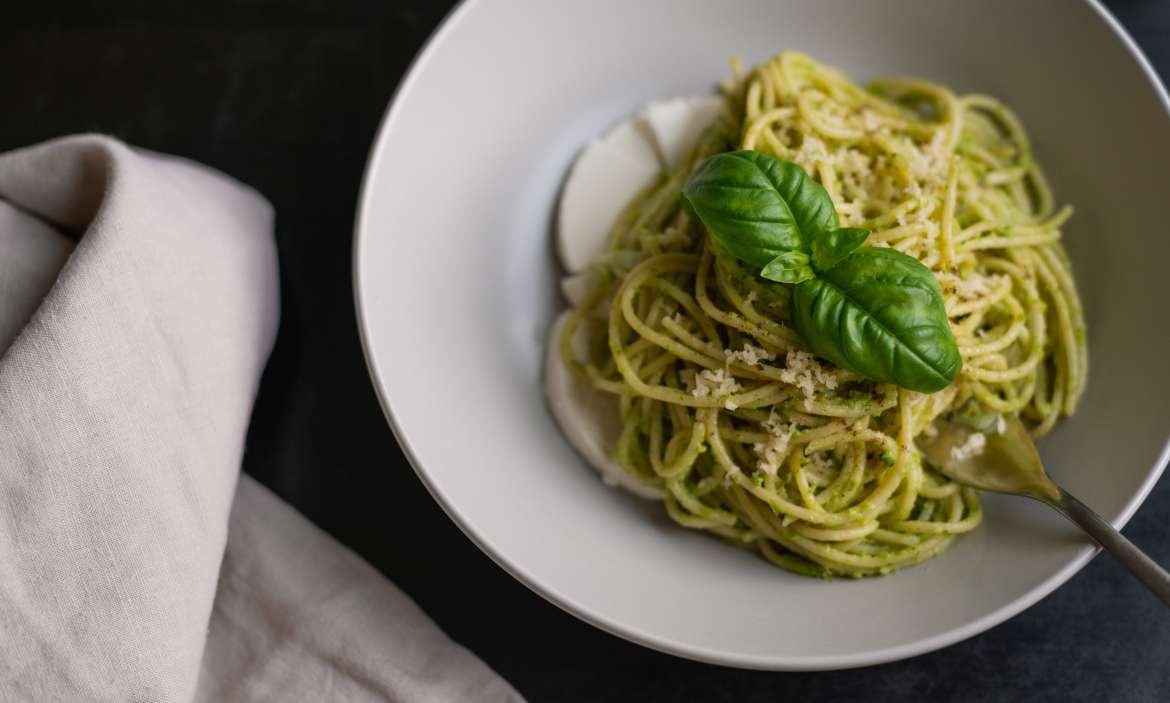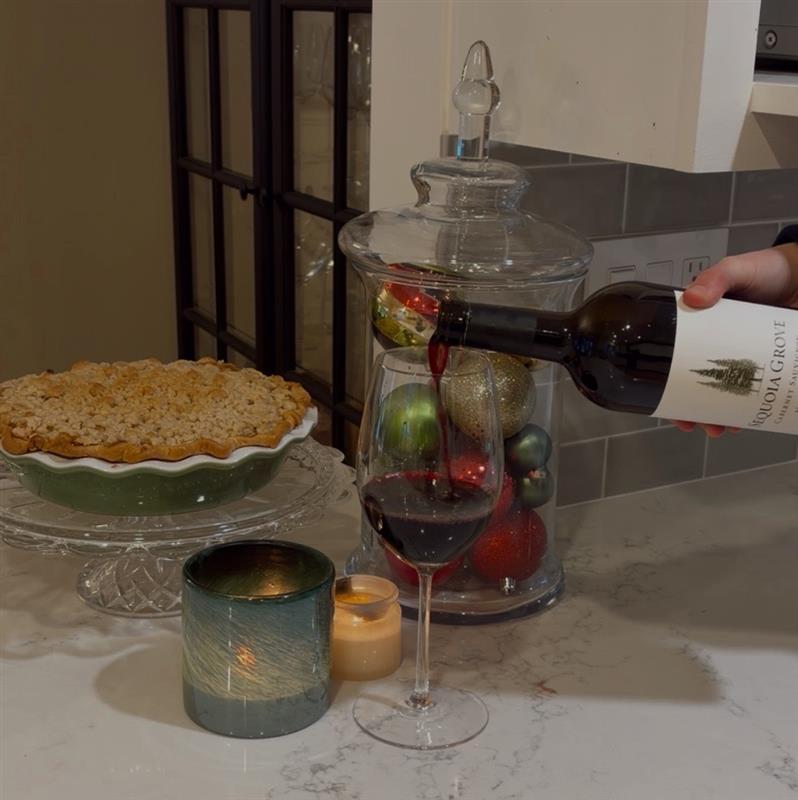It’s inevitable. As the weather warms, my mind turns toward Italian white wine Vermentino and other crisp whites. They are perfect for the lighter dishes the season brings. With their fresh, lively aromas and flavors, they are perfect for the patio or deck.
I’ve written often about Vermentino; it’s one of my favorite whites. But the whites of Campania are also very interesting and versatile with food. And in addition, they can be wonderful values. Today, I’m discussing two new releases that are wonderful examples of what Italian white wines can achieve: Greco di Tufo from Campania and Vermentino from Bolgheri.
Two Italian White Wines to Try When the Weather Warms up
Villa Matilde lies between Rome and Naples along the Campanian coastline. Founded in the 1960s by Francesco Avallone, the winery is now primarily run by his son Salvatore and daughter Maria. The property consists of three distinct estate vineyards totaling approximately 300 acres of vines.
Greco di Tufo is an ancient wine grape from Campania. Arguably, it’s the region’s most important white variety. The Greco di Tufo DOCG lies in and around the village of Tufo, but the wine also takes its name from the soil where it is grown. Tufo is a type of limestone that is created from ash ejected during volcanic eruptions which has compacted over millennia.
The 2019 Villa Matilde Greco di Tufo is a beautiful wine. Comprised of 100% Greco, it sees only stainless steel vinification and aging. As a result, it’s fresh, crisp, and lively. Medium gold in the glass, the wine evokes aromas of lemon zest, white peaches, and floral tones. On the palate, the wine is fresh and clean. Pure notes of almond, white peach, and citrus fruit are notable and are backed by an undercurrent of flinty mineral. This is very attractive.
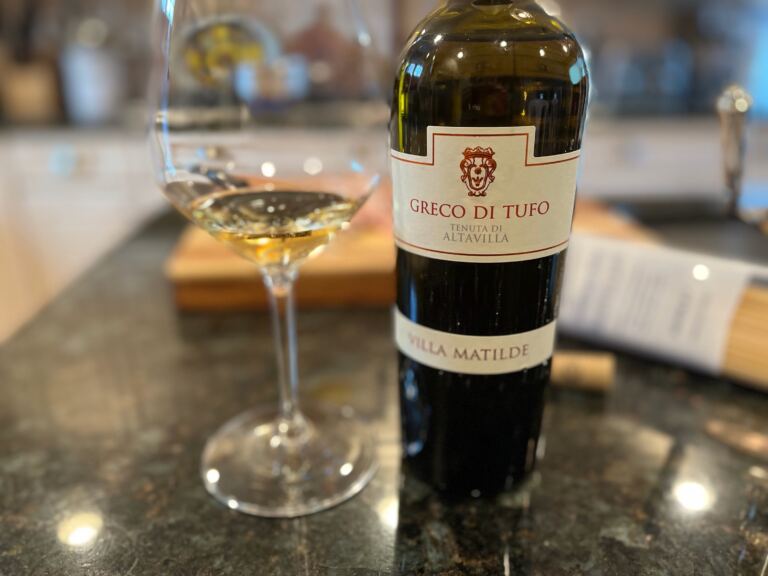
In addition to la carbonara, summer also means pesto in my house. Italian white wine Vermentino is a great pairing. Tenuta Campo al Mare extends over 30 hectares from the hills of Bolgheri to the Mediterranean Sea. The estate was founded in 1999 by Giovanni Folonari, and the sandy soils on the estate combined with fossilized sea bed minerals create the ideal environment for Vermentino.
The 2020 Campo al Mare Vermentino is another example of the excellence Italy is achieving with this grape. Clean and pure, the 2020 is a pale straw color. Aromas of lemon grass, peach, mango, and white flowers are notable and lead to similar flavors on the palate that are backed by powdery minerals and salinity. Refreshing and light on its feet, this is another example of the great whites coming from Italy in 2019 and 2020. Like the Villa Matilde, the wine is vinified and aged solely in stainless steel for 4 months.
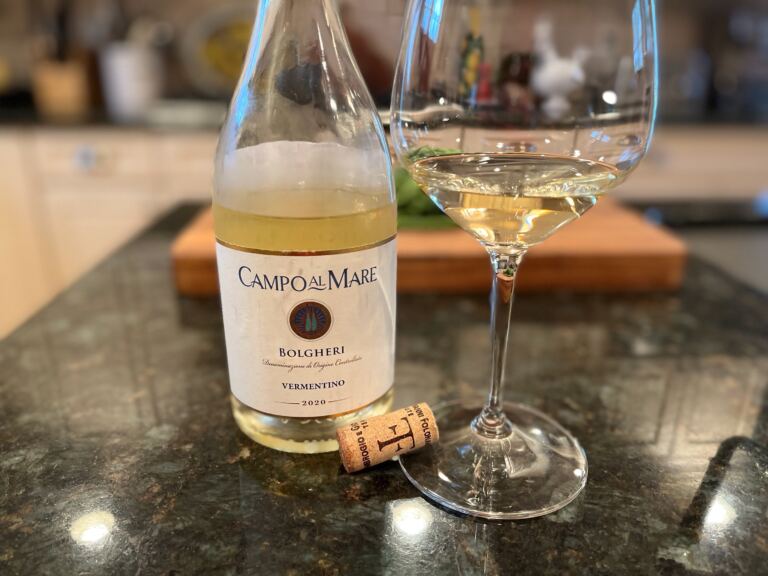
What to pair with these wines? Raw oysters are a favorite of mine, cacio e pepe, carbonara, and of course, pesto! Pick up some of these wines this season and enjoy all they can deliver.
Recipe for classic pesto alla genovese
Liguria is gorgeous. This narrow provincial strip of land that borders Tuscany and Piedmont, in addition to boasting the Cinque Terre and Portofino, is home to one of the greatest culinary marvels in all of Italy, indeed the world: Pesto alla genovese. This scrumptious condimento for pasta has its roots in the basil that is grown in every window box that adorns Ligurian homes and in every garden. It screams summer and is always a favorite of mine. Each year I grow dozens of basil plants so that pesto can appear on my family’s table throughout the summer. Here is my recipe.
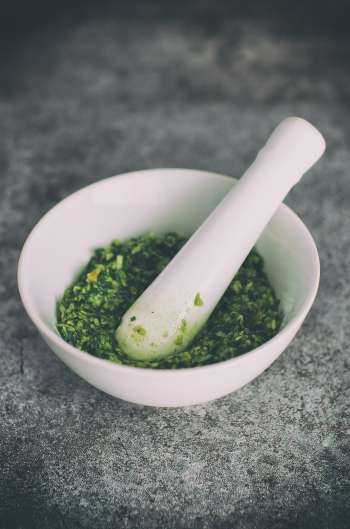
Pesto alla Genovese
Ingredients
- 1/2 cup toasted pine nuts
- 1 large clove garlic
- 5 tablespoons Parmigiano Reggiano
- 5 tablespoons Pecorino Romano
- 2 cups basil, tightly packed (2 bunches)
- 1/2 cup extra virgin olive oil
- Black pepper
Directions for the pesto
- In about 1 teaspoon of olive oil, lightly toast the pine nuts. This will take no more than 1-2 minutes over medium heat so don’t get distracted. Pine nuts are expensive and if you burn them, it will ruin the taste of your pesto. A word on the pine nuts: Don’t skimp here. Look at the label and identify the source of your nuts. Many pine nuts are coming from China these days and I’ve noticed when I’ve purchased these that they run a very high risk of being rancid. You can find pine nuts from Italy and/or the EU easily, so do take the time to look.
- Add the cheese, basil, pine nuts, garlic clove, and olive oil to a food processor and pulse lightly until combined. If you want to be a masochist, eschew the food processor and use a mortar and pestle, but I don’t own one and that will add considerable time to your task! Once the mixture comes together, it’ll resemble a thick paste.
- Transfer to a bowl and season with pepper. The cheese adds considerable salinity to the dish, so I don’t use any salt. This can be done several hours in advance if you like. Just cover the pesto and refrigerate until you’re ready to make the pasta.
Directions for preparation with pasta
- Pesto is typically eaten with a long, wide noodle in Liguria called trenette. If you can’t find trenette, the next best substitute would be fettucine. Linguine and spaghetti work well too. For this dish, I used bucatini. Ligurians sometimes toss green beans and potatoes into this dish. That is a classic adaptation, but I chose to use the stripped down method for this recipe.
- Cook your pasta until just one minute short of al dente. Reserve 1/4 cup of the pasta cooking water. In a sauce pan large enough to hold the pasta, whisk the pasta water into the pesto paste that you made earlier and warm over the lowest of flames.
- Drain the pasta and toss into the pesto, stir to combine and warm through for 1 minute so that pasta absorbs the flavor from the pesto.
- Finally, plate the pasta using extra pine nuts and more basil for garnish. Pass additional cheese at the table. Maybe a slight drizzle of fine Ligurian olive oil?
